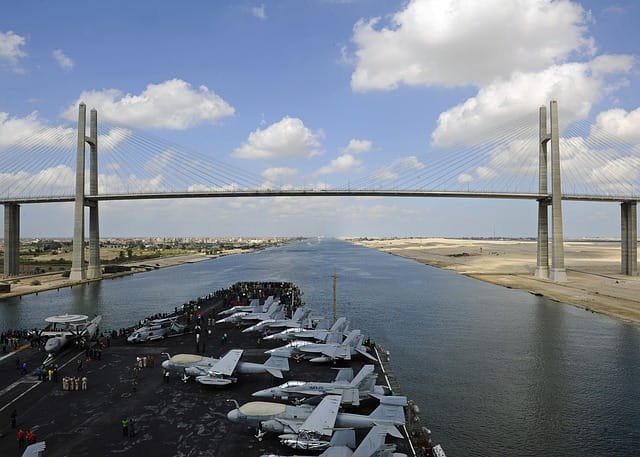The Panama Canal Negotiations

This case study reveals how different negotiation tactics can be employed to negotiate and conclude a better international agreement.
The successful construction of the Panama Canal was one of the world’s great engineering feats. The negotiations to complete and build this vital connector between two oceans spans decades. The cost in human lives, suffering, and capital staggers the imagination. It all began in 1847 when the United States entered in a treaty with New Granada (later to be know as Colombia), allowing the U.S. a transit passage over the Isthmus of Panama. The treaty guaranteed Panama’s neutrality and recognised that Colombia would have sovereignty over the region.
Nothing really occurred with this development and ultimately, a French company called the Compagnie Nouvelle du Canal de Panama acquired the contract to build the canal in 1881. By 1889, the Compagnie had gone bankrupt and had lost roughly around $287 million U.S. along with approximately 20,000 lives in the process. It is also in 1889 that the U.S. has become convinced that the canal passage was absolutely vital to their interests. They appointed Rear Admiral John Walker to head the Commission and to choose the most viable route.
Naturally, the U.S. was interested in the Panama route already started by the French. The French company which had been heading for bankruptcy, and seeing the writing on the wall before their bankruptcy in 1889, had entered into negotiations with the U.S. The French company was eager to extricate themselves from the project. At the time, their holdings were extensive and included land, the Panama Railroad, 2,000 buildings, and an extensive amount of equipment. They felt their total holdings should be valued around 109 million U.S., but Rear Admiral Walker estimated them to be not greater than about 40 million U.S., a significant difference.
As negotiations progressed, the Americans began to hint that they were also interested in the possibility of building an alternative canal in Nicaragua. The French countered with the ploy by claiming that both Great Britain and Russia were looking at picking up the financing to complete the canal’s construction. It was subsequently leaked to the U.S. press, much to the French company’s pique, that the Walker Commission concluded that the cost to buy out the French company was too excessive and recommended the Nicaraguan route.
A couple days later after this news, the president of Compagnie Nouvelle resigned. The resulting furore caused the stockholders to demand that the company be sold to the U.S. at any price they could get. The Americans became aware that they could now pick up all the French holdings for 40 million dollars. However, the Walker Commission had not just been a ploy by the Americans because the Nicaraguan route was actually a serious proposal that had a lot of backing in the U.S. Senate. President Roosevelt had to engage in some serious political manoeuvrings to get everybody on board of the Panama passage. The Walker Commission changed its recommendation to favor Panama as the canal route.
But the story doesn’t end there. Next, the U.S. signed a new treaty with Colombia’s charge d’affairs which gave the U.S. a six mile area across the Isthmus and agreed to financial remuneration that was to be paid to Colombia. The Colombian charge d’affairs had signed the treaty without communicating with his government. The treaty was rejected by Colombia. In the meantime, revolution against Colombian authority was afoot in Panama. Since they believed they had signed a legitimate treaty, Roosevelt sent warships to the area to pacify the Colombians, and thus secured U.S. interests. Roosevelt offered aid to the Panamanians in their quest to separate from Colombia. Panama succeeded in their revolt and became a republic. In 1914, the Panama Canal was opened.
YOU MAY ALSO LIKE




